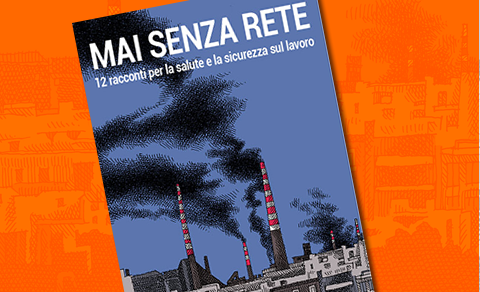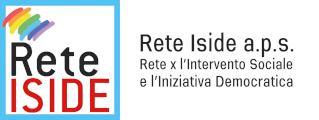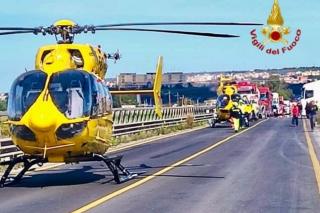Cagliari 07/03/2025
PROCESSO PER LA MORTE DEL LAVORATORE IGNAZIO SESSINI
LAVORO IN SICUREZZA Magazine
Marina è una giovane donna che nella Calabria degli anni 60 del secolo scorso sfida quella società gretta, maschilista e patriarcale.
Luciano Vasta ci narra questa storia emblematica con una scrittura
Domande e risposte
A domanda... risposta!
Vivi un problema di salute e sicurezza nel tuo luogo di lavoro? Fai una domanda o consulta il nostro archivio!
Fai la domanda
Ultime Domande
Scopri il libro di Rete Iside: 12 racconti, 12 storie per promuovere salute e sicurezza sul lavoro.











